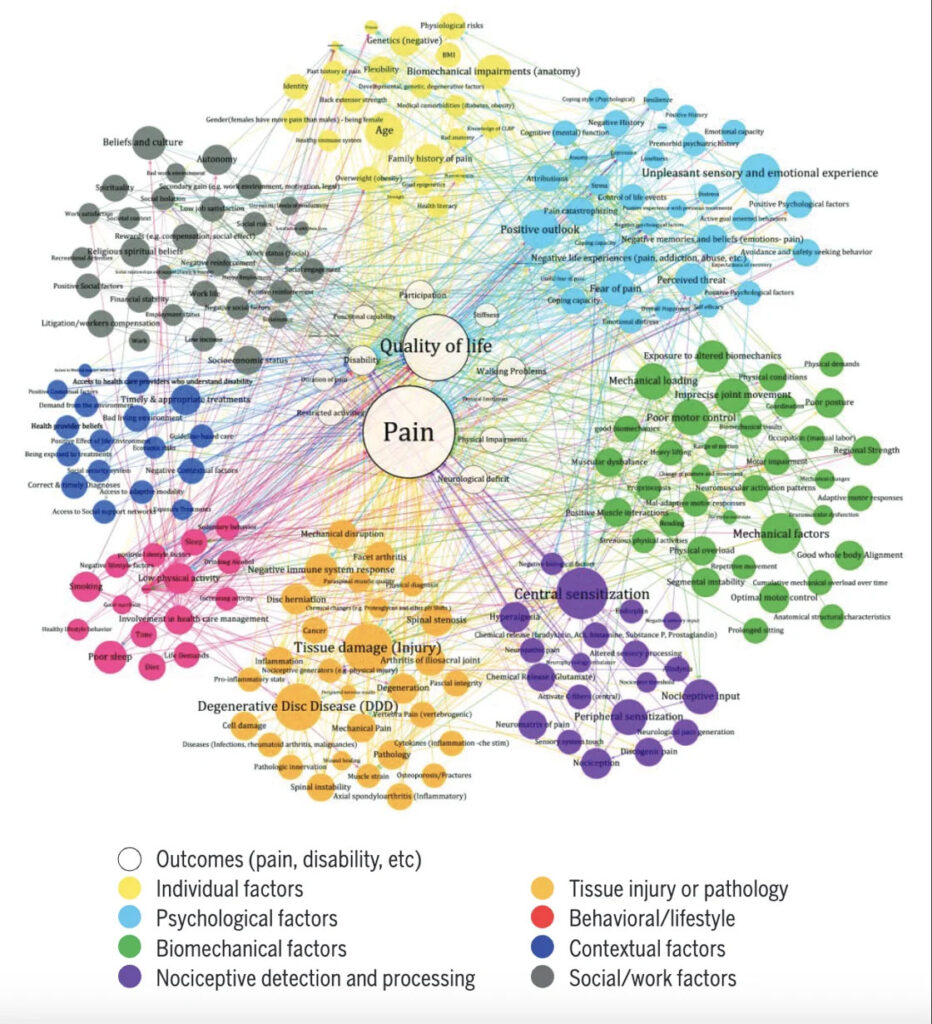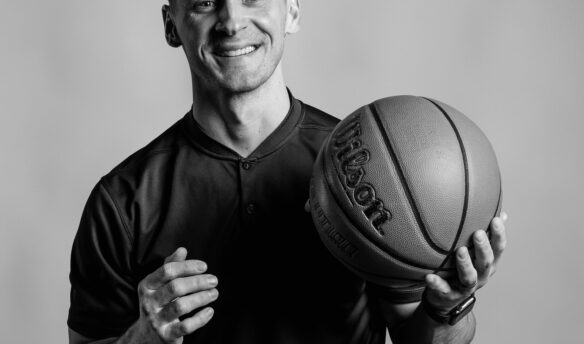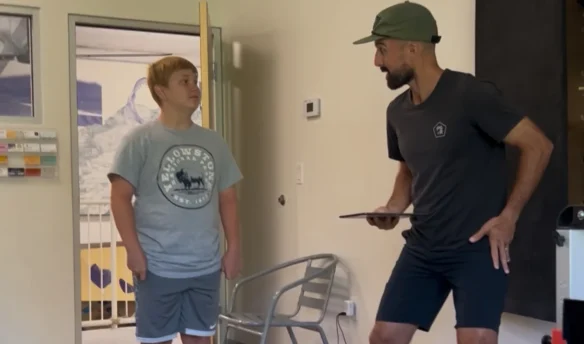Hey PS+R Community! Summer is in full swing which means that the COPA America is here! The U.S. Men’s National Soccer Team (USMNT) prepped for this tournament with two friendly matches against Columbia and Brazil the past two weeks in preparation for the start of the tournament on Thursday, June 20th. The United States’ first match was against Bolivia last night in Dallas, Texas. The USMNT delighted fans with an exciting 2-0 win over Bolivia in a match that could have easily seen an even higher score by the fast attacking UMSNT. Next up the USMNT take on Panama on Thursday, June 27th. GO USA!!!!!!
Check out where you can catch all the first round action with the USMNT here: https://www.ussoccer.com/schedule-tickets/usmnt.
Even better, check out the video of Steve in action prepping the men for their friendly against Brazil- pretty cool to watch Steve lead the best in the world to perform at their very best!
As your training progresses this summer, have you ever found yourself wondering if that ache or pain you feel is arthritis? Worse yet, do you assume that it is and you are just biding your time to a joint replacement? Is arthritis inevitable for us all?
These are questions we get quite often at PS+R- and the answer should more often that not reassure you!
Most aches and pains are not arthritis. In fact, even if you have imaging studies that show the presence of arthritis, it still does not mean that arthritis is causing your pain! In the case of low back pain, this little model is our best guess about what causes low back pain:

Arthritis commonly shows up as a normal age related change in imaging studies like an x-ray or MRI. It’s normal to see it as we age and its severity is often not linked to the severity of pain or symptoms or progression onto the need for surgery like a joint replacement.
One of the keys to prevention of osteoarthritis is timely and effective rehabilitation after an injury to restore normal joint mechanics and motor control surrounding the area. Waited awhile on a chronic injury? It’s never too late to get to the root causes of it and improve the joint’s capacity for long term health.
Read on below for more on what osteoarthritis is, what causes it and how we can lower our risk of developing it with lifestyle changes and timely physical therapy to address aches and pains.
Libby’s Research
Libby and members of her research team were selected to give a platform presentation at the Combined Sections Meeting of the American Physical Therapy Association in February, 2025 in Houston, Texas. This is the largest national conference for physical therapists with more than 15,000 people in attendance. The title of their talk is “Unpacking the Ache. A Lifespan Approach to Navigating Hip Pain in Pelvic Health” and focuses how hip conditions impact pelvic floor health for women at various points in life from youth athletes through the menopausal transition.
Where in the world is Steve and the USMNT?
Steve and the USMNT are in Dallas this week for the first of three first round matches. They head to Atlanta and then Kansas City for the next two matches against Panama and Uruguay the very next week. If they are successful in the first round matches, getting first or second in their group, they will head to Glendale, Arizona or Las Vegas, Nevada for quarter finals action the first week of July. GO USA!!!!
PS+R Client Spotlight | Joe Albright
This month’s client spotlight is Joe Albright. Joe had a tough back injury with nerve pain down his leg which kept him from surfing, running and doing much of anything. With hard work and dedication to his physical therapy program, Joe was able to return to work, strength training, running and surfing in just two months. That’s incredible progress thanks to hard work and commitment to the program. Congratulations Joe!
What is Osteoarthritis? Is It Possible to Prevent It?
The National Institutes of Health defines osteoarthritis as “… characterized pathologically by localized loss of cartilage, remodeling of adjacent bone and associated inflammation. A variety of traumas may trigger the need for a joint to repair itself. Osteoarthritis includes a slow but efficient repair process that often compensates for the initial trauma, resulting in a structurally altered but symptom-free joint. In some people, because of either overwhelming trauma or compromised repair, the process cannot compensate, resulting in eventual presentation with symptomatic osteoarthritis; this might be thought of as ‘joint failure’. This explains the extreme variability in clinical presentation and outcome that can be observed between people, and also at different joints in the same person.”
While we don’t know exactly why osteoarthritis develops in some people and not in others, but we do know there are several factors that put people at greater risk of developing it:
- Age: As we all suspect, getting older does carry with it an increased risk of developing osteoarthritis, however, developing disabling arthritis is not an outcome that we all will have.
- Gender: Women have a higher risk of osteoarthritis. While we don’t quite understand why, hormonal and biomechanics factors are suspected. Estrogen plays a role in decreasing inflammation and increases the collagen content of connective tissues. Age related decline in estrogen is thought to be one reason why women show a higher prevalence of OA than men. Women also tend to have more joint laxity and more extensible connective tissue which may contribute to poorer joint stabilization and increased biomechanical stress on the joints.
- Obesity: Increased weight leads to increased load and decreased biomechanical efficiency on weight bearing joints.
- Metabolic syndrome: Believe it or not, your weight, blood sugar, triglycerides, blood pressure, and good cholesterol levels (the 5 components of “metabolic syndrome”) are major causes of osteoarthritis- even in the absence of major joint injury. We also know that changes in diet and exercise which reverse metabolic syndrome can also slow or even reverse the development of osteoarthritis. Maintaining knowledge of your metabolic factors and working to improve them is a major lever to pull in your efforts to prevent osteoarthritis.
- Prior joint injury: Injury leads to an inflammatory process to heal the surrounding tissues. If that inflammatory process is prolonged by exceeding the joint’s current healing state, or the readiness of surrounding tissues to support the joint, the inflammatory process will continually reactivate creating an unhealthy environment for the tissues inside the joint including cartilage.
Preventing arthritis is a matter of good overall health and good musculoskeletal healthcare. Resolving injuries quickly to restore normal joint biomechanics and strength with timely and accurate evaluation and individualized progression of loading is a critical component of healing and preventing chronic joint inflammation. If pain or a history of an old injury is limiting your ability to do all the activities you love, book a performance evaluation so we can help you resolve and improve deficits in your strength, stability and movement patterns so you can prevent the development of OA and live a healthy active lifestyle for many years to come.
(Poulsen, R.C., Jain, L. & Dalbeth, N. Re-thinking osteoarthritis pathogenesis: what can we learn (and what do we need to unlearn) from mouse models about the mechanisms involved in disease development. Arthritis Res Ther 25, 59 (2023). https://doi-org.ezp.twu.edu/10.1186/s13075-023-03042-6)
Thanks for staying connected with us! See you around!!


